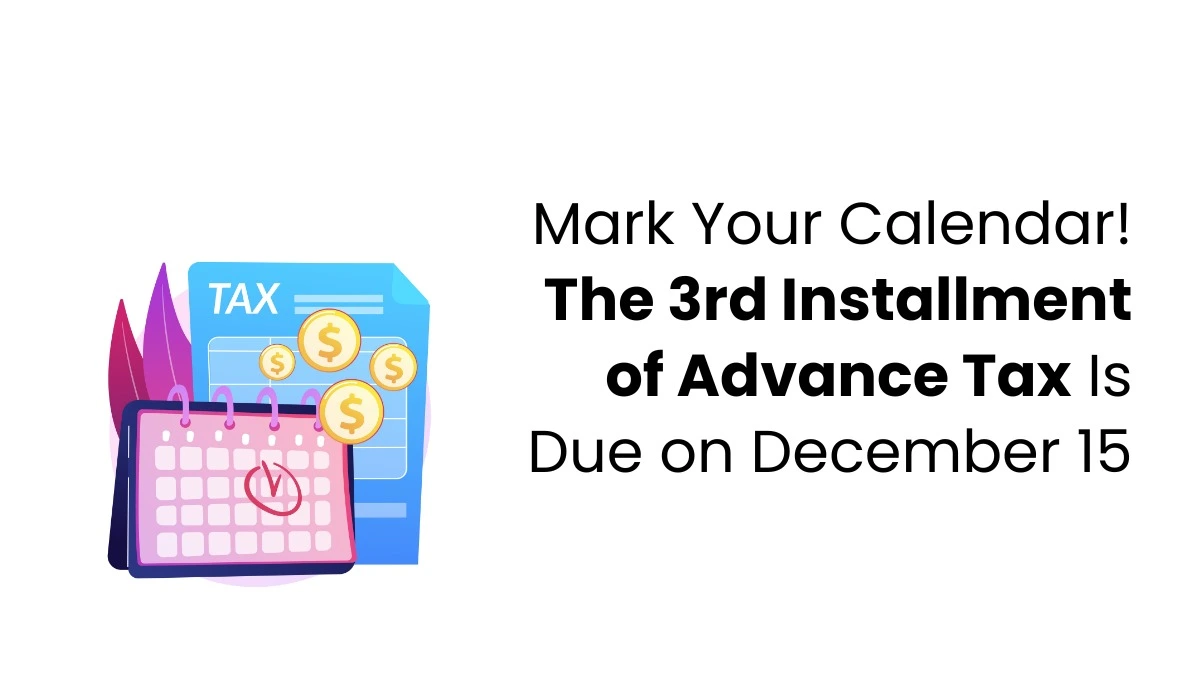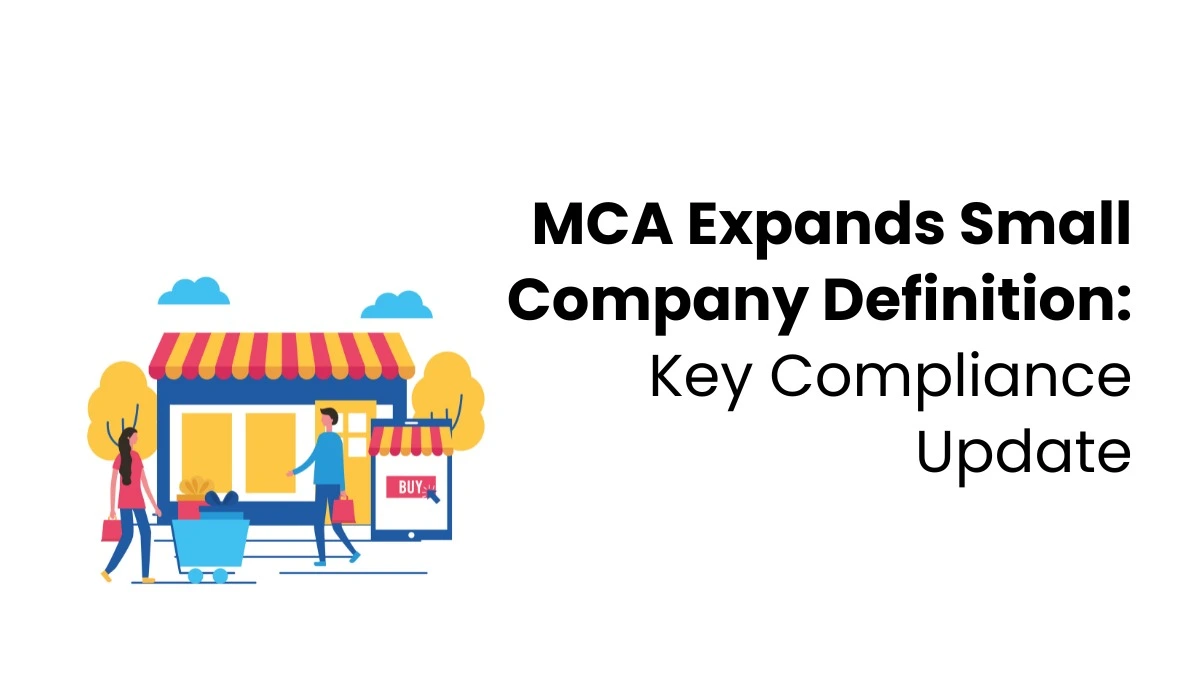When you go shopping, after making payments for the items you purchased, you receive a record of transactions you made, often known as a bill or invoice. What will you do if the statement printed was incorrect? It is not a good idea to edit the already generated invoice because you have already made the journal entry. In such cases, you can earn additional entries as proof of changes made in the original invoice. For the record, you can submit documents indicating the actual value of the sales carried out. These documents are debit and credit notes.
The below section will give you a clear idea about debit and credit notes, their formats and what you should expect within a debit and credit note.
What are debit notes?
Debit notes or debit memos are buyer-issued documents for the seller requesting refunds regarding damaged goods or services or purchase cancellation. If the buyer finds default in the goods he purchased, he is entitled to demand reimbursement. A debit note acts as proof from the buyer’s side for purchase return. A debit note should be issued before the seller’s credit note and is the formal request of the buyer to issue a credit note. You can give a debit note if you have valid reasons like incorrect bill amount, overprice or defective or damaged goods received, etc. There is a unique definition for debit notes as per the GST law.
GST law allows the seller to issue debit notes under two circumstances: when the taxable value in the original tax value is less than the actual taxable value and when the tax charged in the original tax invoice is less than the existing tax paid.
What are credit notes?
Credit notes or credit memos are the documents issued by the seller to reciprocate the buyer’s debit note. Credit note mentions partial or full refund for damaged or defective goods sold, purchase cancellation or an invoice error. The customer can use these documents for a future order. You can issue multiple credit notes as long as it does not exceed the total invoice amount.
A seller issues a credit note if the goods sold are of poor quality leading to customer dissatisfaction. They can also issue credit notes if there are corrections in the already generated invoices, discount rates or if there were cancellations on any pending invoice payments. The seller can issue credit notes for incoming and outgoing payments based on the circumstances.

Format of debit and credit notes
When the buyer is unsatisfied with the goods or services he received and wants to return them to the seller, it leads to the generation of debit and credit notes. A debit note from the buyer indicates to the seller that he is returning the goods he purchased and requests a refund. On the other hand, a credit note notifies the buyer of the refund generated from the seller.
Debit and credit cards must follow a specific format before its been generated. Both notes should contain GSTIN, name and address of the seller. There should be a unique alphanumeric document serial number for the financial year. You must declare the issue dates in both directives.
If the buyer has GST registration, he must provide his GSTIN, name and address. And if he does not have GST registration, he can use the name and address of the delivery. You need to mention the invoice number against the debit or credit note. There should be an honourable mention of the taxable value of goods and services, the applicable tax rate and the amount of tax debited or credited to the buyer. Notes should also include the stamp/seal of the seller along with his signature.
You can issue multiple credit or debit notes within the relevant year. There is no time limit for issuing notices within that year. A proper declaration of all the debit and credit notes should be within the following month’s GST returns filing. Debit Notes will not cause any damage to the tax collection, but credit notes can severely affect the tax collection. There is no legalisation for the debit or credit notes issued by the buyer or seller as per the GST law.
The Tail End
As you can see, there is a lot to learn in the accounting industry. If you plan to enter the accounting world, doing some accounting certification courses is better to excel in this field. Finprov Learning is the best solution for different accounting certification programs. Join in their accounting programs and master the desired accounting skills. For more details, check out the official website of Finprov Learning.










